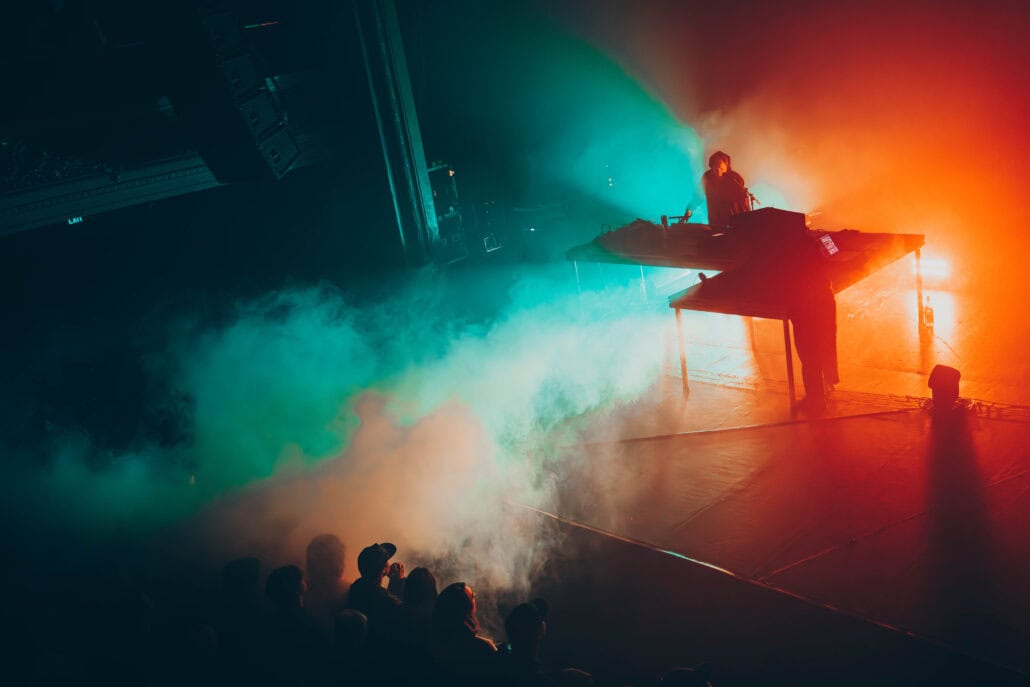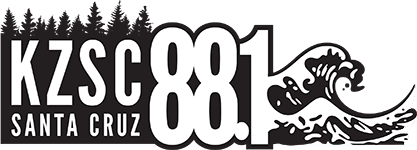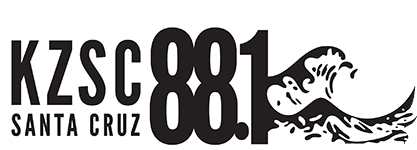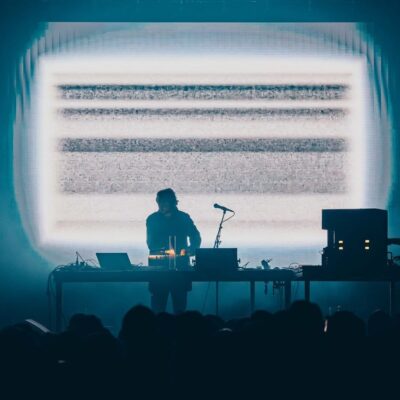
Electronic Music Director
“Holy sh*t!” I exclaimed, to nobody in particular. “I think I just got offered tickets to a Oneohtrix Point Never show!”
I scanned around the KZSC lobby looking for acknowledgement of this monumental moment in my career as Electronic Music Director. Natalya, our Rock Director, indulged me: “That’s so cool!” she responded. I asked if she had heard of Oneohtrix Point Never. She said he sounds familiar, but didn’t know his music. Angelina, one of our Promotions Directors, had never heard of him. I racked my brain for an apt description of OPN, AKA Daniel Lopatin. He mostly makes synth music, I said. I said that his music is avant-garde, cinematic, textured, dynamic… it felt wrong to simply list adjectives, so I told them to just go listen to it. I mentioned that he directed the Weeknd’s Super Bowl Halftime Show, and executive produced his last album, that he’s composed film scores for the Safdie brothers, that he’s a big figure in the modern landscape of electronic music, but these nominal descriptions still felt like they were falling short of capturing what exactly Oneohtrix Point Never really is. I think this phenomenon of trying, and failing, to completely communicate the essence of an artist through language alone is the mark of a successful artist. If the only way to truly grasp the art is through experiencing it, then it is good art. I thought I had enough of a sense of OPN to know what I was getting into, and to an extent, that was true, but nothing could have prepared me for the performance I was about to experience.
I was giddy as we walked up to the steps of the Regency. I didn’t really know what to expect, but I had high hopes. This show was a joint performance between Oneohtrix Point Never and Freeka Tet, a French multidisciplinary artist whose work spans from highly commercial to deeply underground. I had seen a couple clips of their Los Angeles show a few days prior, where Freeka’s elaborate miniature set was being lauded. I thought the use of live puppetry and miniatures was certainly interesting, but nothing groundbreaking.
After receiving our wristbands and heading to the balcony, we walked over to the section above the stage to scope out the situation. I saw OPN’s eurorack setup, several hardware synthesizers, and some unidentifiable objects to the right of the instruments. Unbeknownst to me, this section of the stage with the unidentifiable objects belonged to Freeka, whose role in the show was much more active than I had anticipated. What I expected to be simply a Oneohtrix Point Never show in fact ended up feeling like a synthesis of the two artists, imbuing the show with a transcendent energy that honored each individual artist while creating a new, engaging union between the two. The same nuance and genius which I see in OPN was matched by Freeka Tet as he masterfully wielded the visual components of the show, transitioning between what I can only describe as digital, 3D collages, and a live-puppeted miniature set of the stage, complete with a little performer. It seemed like Freeka’s use of puppetry, and his role in the performance in general, alleviated some of the pressure for Oneohtrix to have a super engaging stage presence, an understandably difficult task for an electronic musician navigating an array of synths.
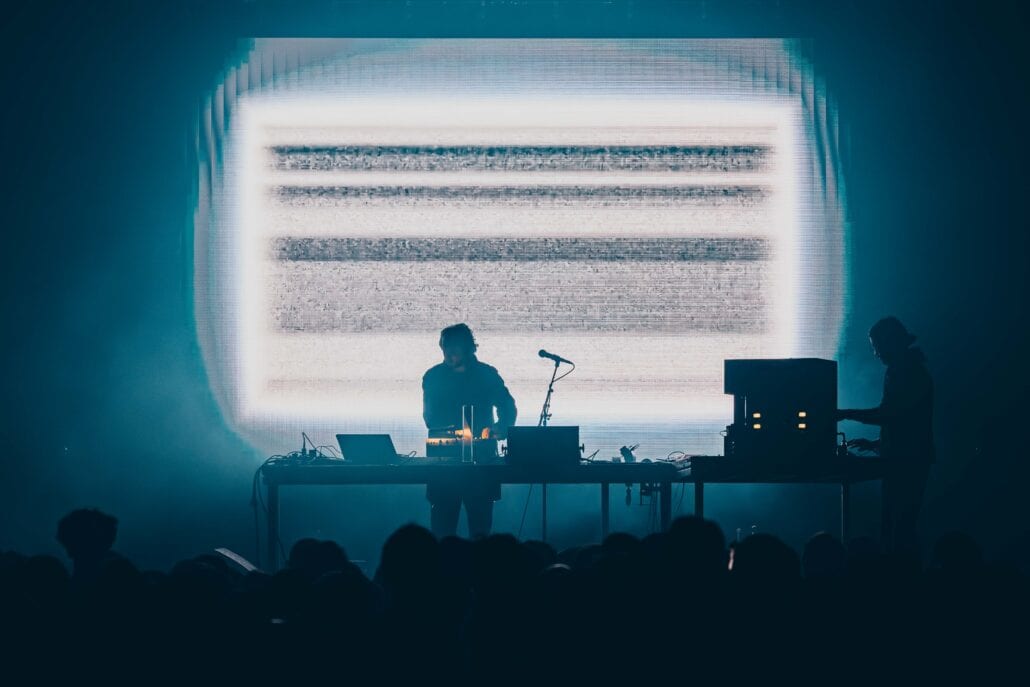
By Mark Fong
Interviews with Oneohtrix Point Never often bring up the tension between the past and the future and how Lopatin draws from this in his work. In some sense, he is moving forward and backward at the same time, using analog technology to create new sounds, which in turn takes inspiration from the ghosts of the past which linger in the present. Freekatet’s visual work walks the same line: I recall having seen footage on social media of the OPN show a few days before I saw it, in which Freeka was playing the miniature guitar. I thought it was cool, but I didn’t quite understand the message being conveyed. In person, it was another story. Freeka switched seamlessly between a visual ensemble on the computer and a live-puppeted miniature set of the stage, occasionally blending the two with holographic overlays. It felt like the perfect answer to OPN’s music: blending aesthetics and practices of the future and past, using an old technique like puppets in a new context, as commentary, but also as entertainment, making the commentary so much more salient. There was authenticity to the whole thing, to a degree which I don’t feel from many artists who reach a certain scale of commercialization. This didn’t just feel like an artist going on tour at the height of his commercial success. It felt like two artists genuinely having fun, putting on a really, really good show.
